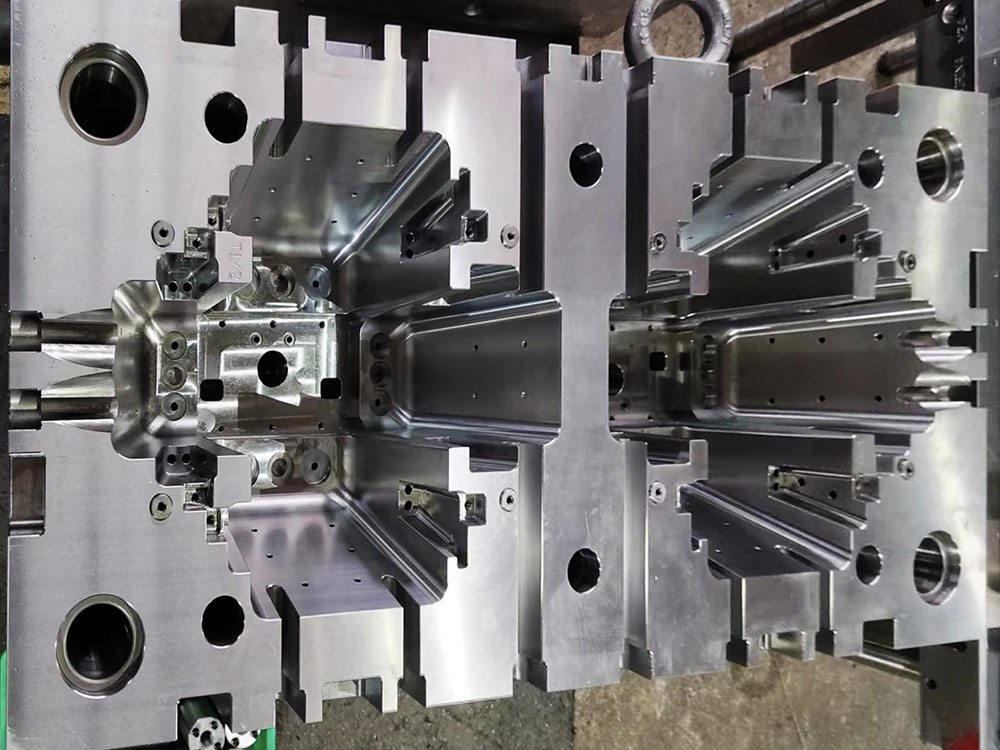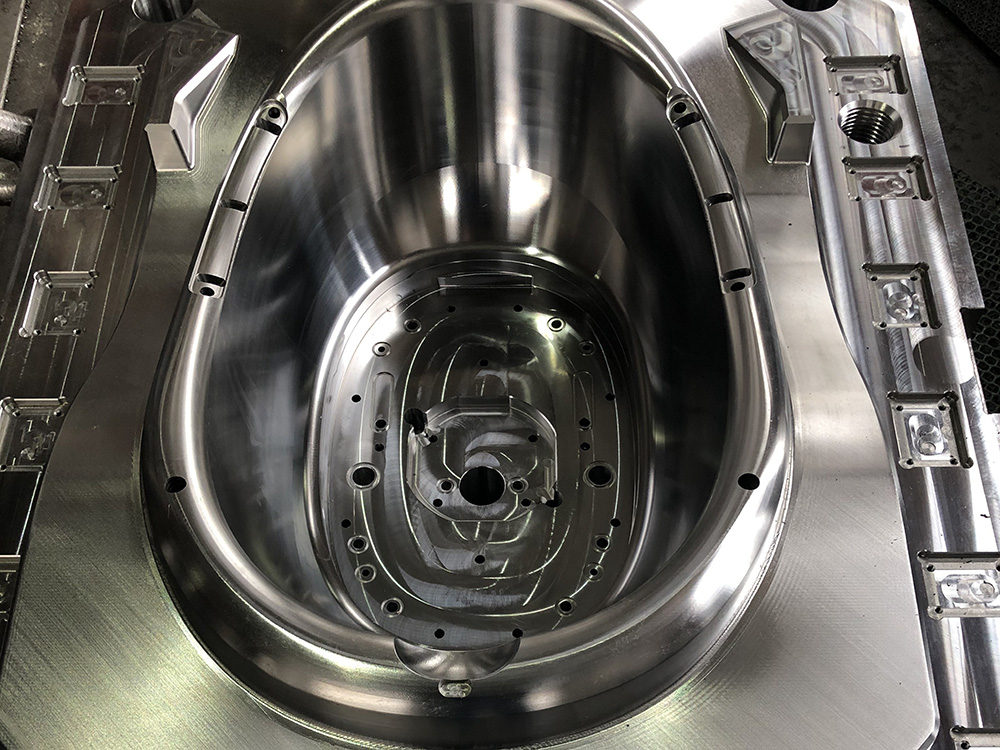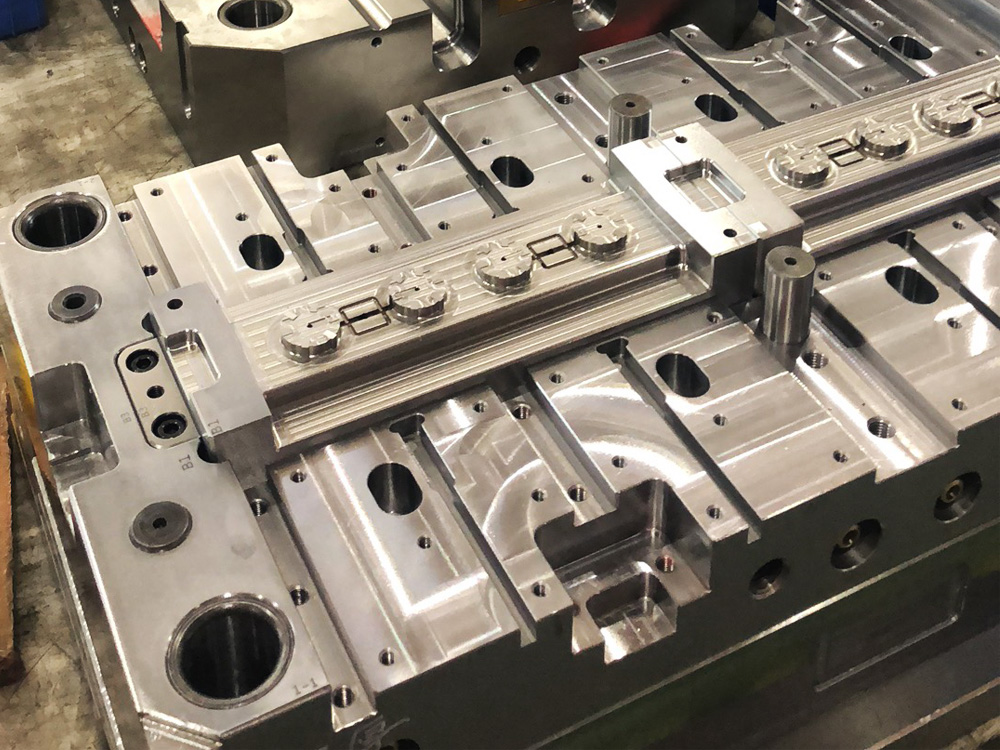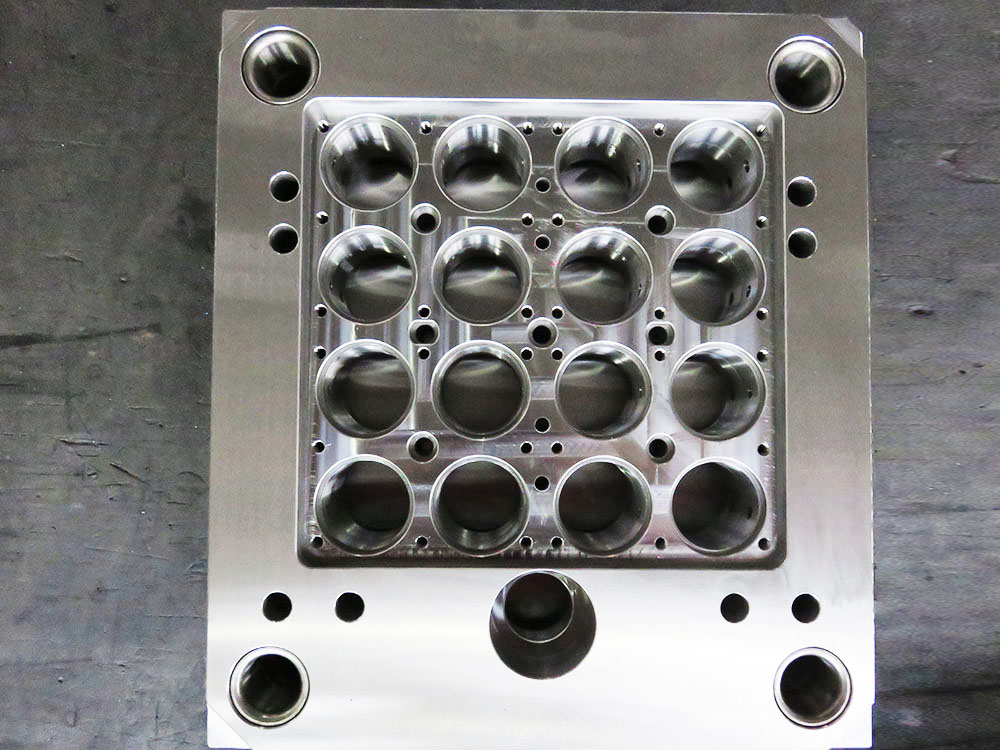What is a Stretching Mold Frame in the Mold Base Industry?
A stretching mold frame is an essential component in the mold base industry. It plays a crucial role in the manufacturing process of plastic injection molds. The stretching mold frame is responsible for providing stability and precision in the mold assembly, ensuring accurate and consistent production of molded parts.
The Importance of a Stretching Mold Frame
A stretching mold frame acts as the foundation for the mold base, supporting the weight of the mold and providing a stable structure. It holds all the components of the mold in their proper positions, allowing for efficient and precise molding operations.
One of the main functions of a stretching mold frame is to secure the mold plates together. It ensures that the mold remains tightly closed during the injection process, preventing leakage and maintaining optimal pressure within the mold cavity. Without a well-built stretching mold frame, the mold may experience misalignment or deformation, leading to defective products and inefficient production.
Furthermore, a stretching mold frame enables the accurate alignment of the mold components, such as the core and cavity inserts. Proper alignment is crucial for achieving uniform part dimensions and minimizing the occurrence of flash or burrs during the injection process. The stretching mold frame ensures that the mold components are securely positioned, allowing for the precise formation of complex and intricate part geometries.
Additionally, the stretching mold frame provides support for the ejection system. It helps to facilitate the smooth ejection of the molded parts from the mold cavity, reducing the risk of part damage or distortion. The frame also contributes to the overall durability and longevity of the mold, as it helps to absorb and distribute the forces generated during the molding process.
Types of Stretching Mold Frames
There are various types of stretching mold frames available in the mold base industry, each designed to cater to specific molding requirements:
- Standard Stretching Mold Frame: This type of frame is commonly used for general-purpose molding applications. It offers a versatile solution that can accommodate a wide range of mold sizes and configurations. Standard stretching mold frames are generally made from high-quality steel or aluminum alloys for maximum strength and reliability.
- Customized Stretching Mold Frame: In certain cases, mold manufacturers may require a stretching mold frame that is specifically tailored to their unique mold design. Customized frames are designed to meet specific dimensional requirements, including the incorporation of additional features or modifications. These frames are often produced through advanced machining processes and close collaboration between mold designers and manufacturers.
- Quick-Change Stretching Mold Frame: This type of frame is designed for rapid mold changeovers, enabling manufacturers to efficiently switch between different mold configurations. Quick-change stretching mold frames feature a modular design that allows for easy removal and replacement of mold components. They are particularly useful in high-volume production environments where time is of the essence.
In conclusion, a stretching mold frame is a critical component in the mold base industry. It provides stability, precision, and support to the mold assembly, ensuring the production of high-quality molded parts. By understanding the importance of the stretching mold frame and the various types available, mold manufacturers can optimize their molding processes and enhance overall productivity.




